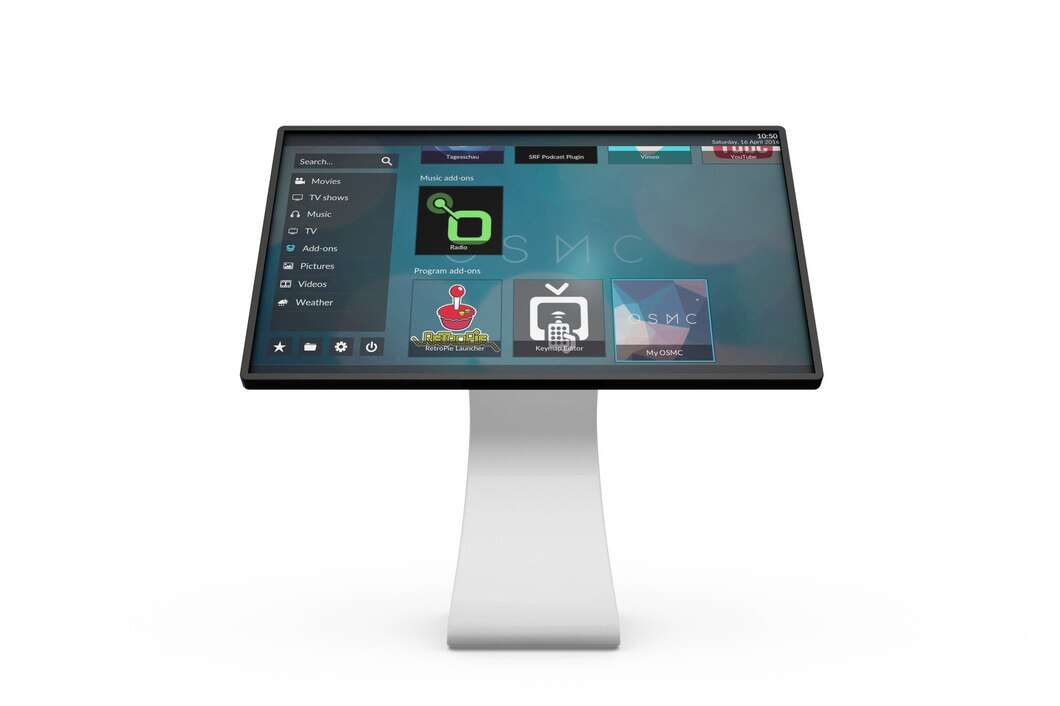Email format error
Email cannot be empty
Email already exists
6-20 characters(letters plus numbers only)
The password is inconsistent
Email format error
Email cannot be empty
Email does not exist
6-20 characters(letters plus numbers only)
The password is inconsistent


In today's digital age, interactive touch screen kiosks have become increasingly popular in various industries, from retail and hospitality to healthcare and transportation. These kiosks offer a convenient and engaging way for users to access information, make transactions, and interact with digital content. If you are considering implementing custom touch screen kiosks for your business or organization, this guide will walk you through the process of creating and deploying them effectively.
Understanding Custom Touch Screen Kiosks
Custom touch screen kiosks are interactive self-service terminals that feature a touch screen interface for users to navigate through content and perform specific tasks. These kiosks can be customized to suit the specific needs and branding of a business or organization, making them a versatile solution for a wide range of applications. From wayfinding and product information to ticketing and payment processing, custom touch screen kiosks offer a seamless and intuitive user experience.
Benefits of Custom Touch Screen Kiosks
Enhanced User Experience:
Custom touch screen kiosks provide users with a user-friendly and interactive interface that simplifies the process of accessing information or completing tasks.
Increased Efficiency:
By automating certain processes and tasks, custom touch screen kiosks can help reduce wait times and improve overall operational efficiency.
Brand Visibility:
Customizing the design and branding of touch screen kiosks can help enhance brand visibility and create a cohesive brand experience for users.
Data Collection:
Touch screen kiosks can be equipped with analytics tools to collect valuable data on user interactions and preferences, enabling businesses to make informed decisions.
Designing Custom Touch Screen Kiosks
Identify Objectives:
Determine the specific goals and objectives of the touch screen kiosk, whether it is to provide information, facilitate transactions, or engage users with interactive content.
User Interface Design:
Create a user-friendly interface that is intuitive and easy to navigate, with clear instructions and visual cues to guide users through the interaction.
Branding and Customization:
Incorporate your brand elements, colors, and logo into the design of the touch screen kiosk to create a cohesive and branded experience for users.
Accessibility:
Ensure that the touch screen kiosk is accessible to users of all abilities, with features such as adjustable height, tactile buttons, and audio instructions for visually impaired users.
Developing Custom Touch Screen Kiosks
Hardware Selection:
Choose the appropriate hardware components for the touch screen kiosk, including the touch screen display, processor, memory, and connectivity options.
Software Development:
Develop custom software applications or interactive content for the touch screen kiosk that align with the objectives and user interface design.
Integration:
Integrate the hardware and software components of the touch screen kiosk to ensure seamless functionality and performance.
Testing and Quality Assurance:
Conduct thorough testing and quality assurance to identify and address any bugs, errors, or usability issues before deploying the touch screen kiosk.
Deploying Custom Touch Screen Kiosks
Installation:
Install the touch screen kiosk in a strategic location that is easily accessible to users and aligns with the objectives of the kiosk.
Training:
Provide training to users and staff on how to use the touch screen kiosk effectively, including instructions on navigation, input methods, and troubleshooting.
Maintenance and Support:
Establish a maintenance and support plan to ensure the ongoing functionality and performance of the touch screen kiosk, including regular updates, repairs, and technical support.
Monitoring and Analytics:
Implement monitoring tools and analytics software to track user interactions, performance metrics, and usage patterns of the touch screen kiosk.
Conclusion
In conclusion, custom touch screen kiosks offer a versatile and engaging solution for businesses and organizations looking to enhance user experience, increase efficiency, and promote brand visibility. By following the steps outlined in this guide, you can create and deploy custom touch screen kiosks that meet your specific objectives and provide a seamless and interactive experience for users. Whether you are looking to provide information, facilitate transactions, or engage users with interactive content, custom touch screen kiosks can help you achieve your goals and stand out in today's competitive market.